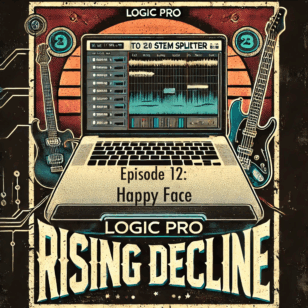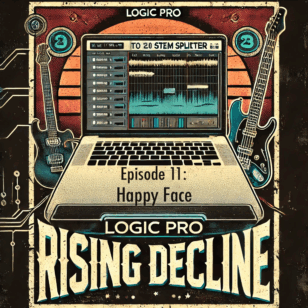This morning as I was driving to my beautiful nine-month-old daughter to daycare, and a truck ran a red light right in front of me. As I slowed down to avoid the truck, I noticed that the entire right side of the truck’s body was already smashed in. My first thought was: I have students like this. They know what they should do, but seem unable to follow directions. Those students grow up, buy trucks, and try not to get caught. However, red lights are not optional.
In my classroom, I run a pretty tight ship–students look at me when I speak, feet are flat on the ground, and they sit up tall. I have learned the hard way over the years that having a relaxed classroom atmosphere is not conducive to learning. In my class, learning is not optional. If you are in my class, you are going to learn. Period.
I recently read Dr. John Medina’s book Brain Rules. He looks at brain research to figure out how we make children into happy and successful adults. He discusses inductive parenting, and it has huge ramifications for the classroom. With inductive parenting, you give the child the rule and the rationale. If they break a rule, you give them a consequence and explain the rationale behind the rule again. For example, don’t say, “Walk in the hall!” Instead, say, “I expect you to walk quietly in the hallway. Other classes are learning, and we shouldn’t interrupt them.” Simple, and effective. Tell your students why they’re doing it, and they will actually do it. Not only that, but you are helping to create a moral student that will make respectful, ethical choices… even when the teacher isn’t watching.



